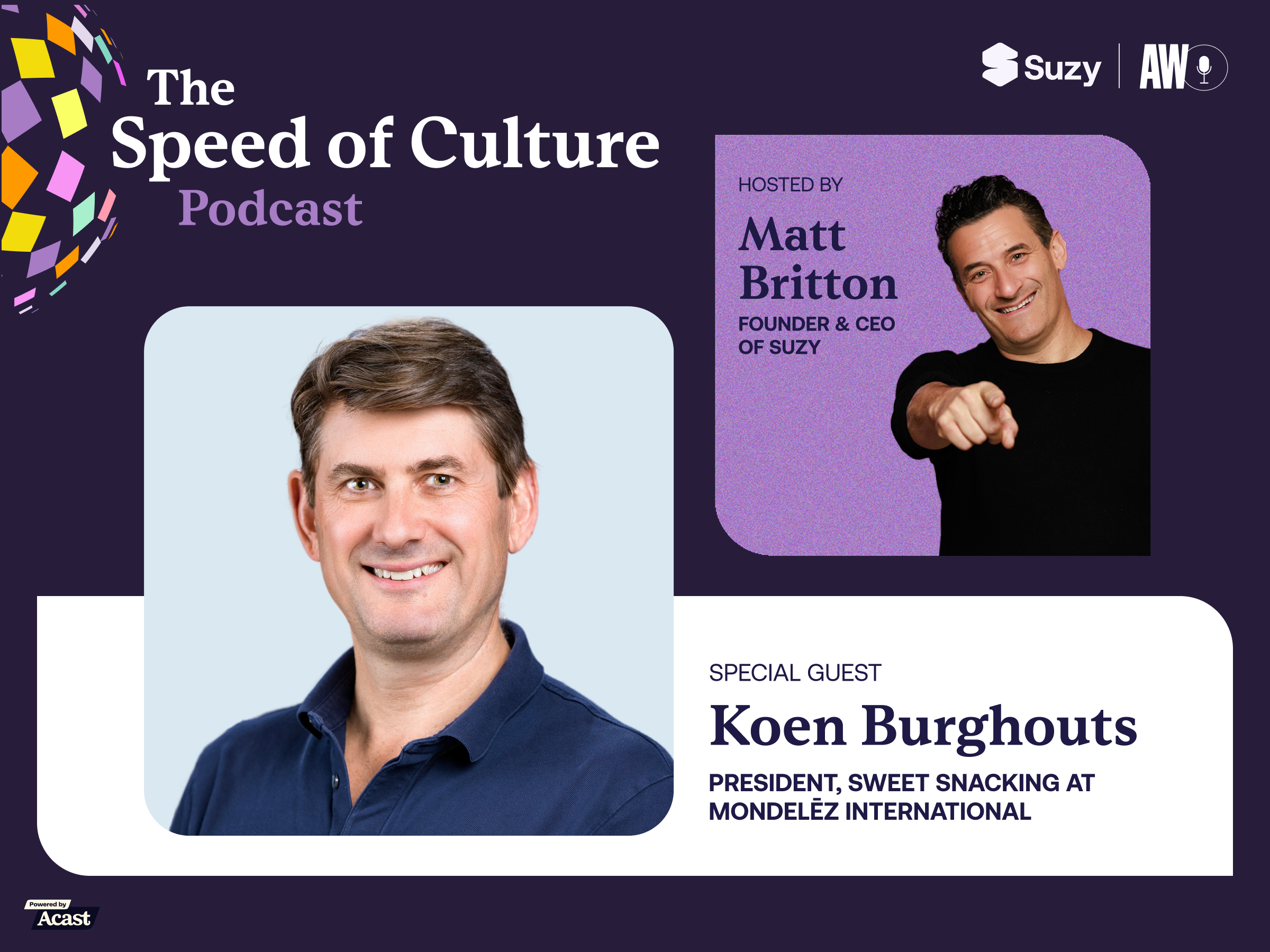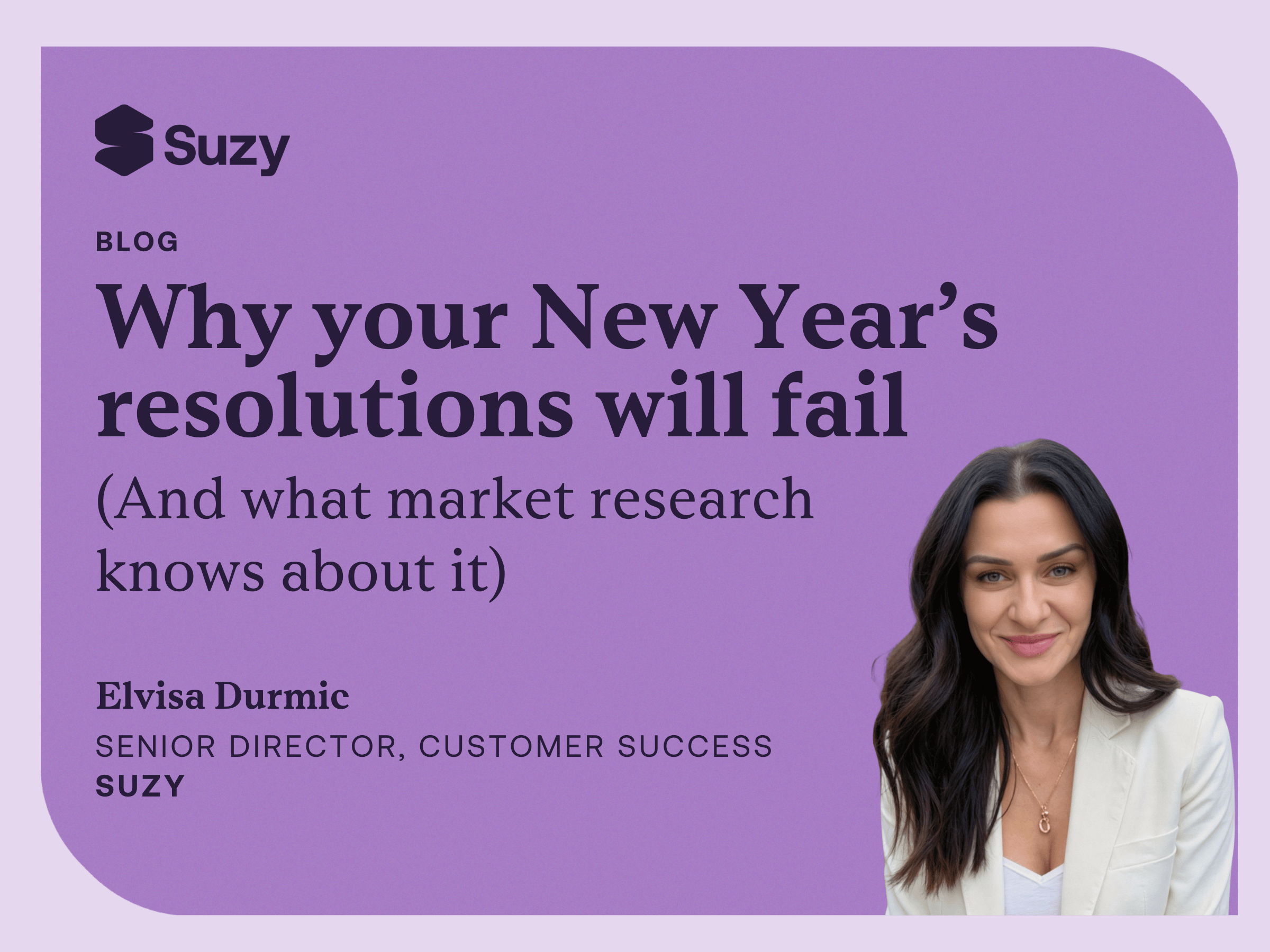making the most of this information. What data do you gather? How do you engage with audiences in the “new world” to collect this new info? What do you do once you’ve gathered data? Which metrics are most important to gauge performance? Why can’t the metrics you have explain certain things, like customer satisfaction mood swings? Some companies even have trouble deciding whether transactional metrics or relational ones matter most (the answer: they both matter).
This complication stems from an inability to collect, analyze, and properly act on feedback. Many companies, for example, gather feedback through their sales channels alone, and they miss out on user and influencer insight. Furthermore, being reliant upon one source of input creates institutional biases and limitations which limit future insights and learnings. This compounds when a company hasn't fostered a culture in which consumer feedback loops back to the front lines in an effort to innovate or improve behavior.
To ensure your company has a sustainable competitive advantage of customer centricity, it’s critical that your firm has an ongoing understanding of the needs and desires of your consumer of today and tomorrow.
With properly constructed and conducted research, you can see improvements in communication. With quality data – like the kind you get from the Suzy™ consumer insights platform – you're much more likely to glean actionable insights. This will alter customer behavior for the better, which will lead to increases in sales.
With Suzy™, it’s easy to collect the consumer insights you need – but you first need to decide what you want to discover and how you'll apply the information.
Your Consumer Insights Journey
In order to leverage the power of your consumers’ insights, you need to have a comprehensive plan that covers the following:
- Decide what you want to discover: Before you even begin your research, decide what it is you want to measure and the best way to get the data.
- Identify resources: How should you get the data, who's collecting it, and who will analyze it? If you’re a part of a larger company with a dedicated market research team, you can use platforms like Suzy™ for a quick gut-check before you spend time and effort on a costly focus group; if you’re a small, agile start-up, you might use Suzy™ as your primary data gathering resource.
- What collection method are you using?: How you collect your data is of ultimate importance. Is there a target audience? If so, who are they – an existing base of customers that already prefer your company, or those who prefer your competitors, or maybe consumers who don’t know anything about you? Will you employ multiple choice questions, open-ended ones, or some combination of the two to obtain both qualitative and quantitative data?
- Once you have data, how will you use it?: Can you use the info you've uncovered to create a stronger ad campaign, to uncover a new opportunity, or to launch a product valuable to consumers? Once you've obtained the data, decide which department(s), process(es), strategies, and/or initiatives might feel the effects and how to adjust for that. Maybe you might even even re-engage consumers after the development of these new campaigns, opportunities, or products, to gauge how effectively you were able to use your initial round of data.
What Kind of Data Can You Gather?
Here’s a brief overview of the different kinds of consumer information you can gather:
- Demographics - With targeting actions, you can break your audience into basic segments based on factors like age, gender, and income level. Suzy includes all of this demographic information directly within the platform, so you don’t have to worry about asking your target consumer this information.
- Habits - What does your target audience look for? Where do they shop? What brands do they like?
- Awareness - How often are you in front of your target audience? Do they know all the products you offer?
- Brand image - How does your target audience currently view your company or product?
- Purchasing dynamics - How often does your audience purchase various products?
- Customer satisfaction - How satisfied are your current customers?
- Mix of marketing - Which ads tend to bring in the highest numbers from your target audience?
- Price points - Do certain segments tend to shop at lower price points? Higher price points? Middle of the road?
- Structure of the overall market - What is the current and projected growth of your industry?
What to Do with Your Data

Depending on your goal, you can act on certain data better when you connect it to precise segments or people. Base the segments you'll study on your company's original goals – do you want to attract a different demographic, or foster loyalty among your existing customers? As you research, you'll discover how certain people fit the same type of description. You can gain a more meaningful understanding of what motivates these segments when you group similar types of customers; this is known as a buying persona. Using these groupings, you can identify similar audiences to target, broadening your reach and directing you towards the platforms and types of content that should be your focus.
Your data tells a story
The story that exists within the data and insights you gather is full of fundamental truths about your target audience. When you listen to that story, your business decisions become more targeted and help your brand and business goals. But first, you must understand your audience.
That said, this kind of data can overwhelm you, especially if you're not prone to working with it every day. Even if you are well-versed in data analytics, you must remember there are members of your team who aren't. Make sure you only share your most relevant metrics and results in an easy-to-digest format when relaying your findings to colleagues and clientele. (our downloadable report tool makes this especially easy – but if you ever feel like you’re lost, you can always reach out to a member of the Suzy™ team for help!)
You can use graphs and colorful charts to help tell the story you've uncovered beneath all the data, but make sure they only help tell the story – they shouldn't be the story. Innovation and real, workable ideas come from an understanding of your data points.
Don't forget context
Your story should include the context in which your metrics fall. Your data points are meaningless if you don't understand the context. Whom did you target? Whom responded? How was the product or idea positioned? Without understanding these details, your data is limited in its ability to help you.
Let's say you've created a new beach umbrella with Bluetooth speakers and USB ports. Your prototype dazzled spectators at sold-out international trade shows for two years in a row. Several companies placed orders for your umbrella, and you finally decided to bring concept to reality. Believing you had a huge market, you invested in materials and production, and companies invested in you. Revenue projections were astronomical – but then the general audience of U.S. consumers didn’t respond in the same way, and sales expectations were not met.
Good data comes from truthfully constructed and measured metrics. If you base all of your projections on assumptions that were made in a boardroom without testing those assumptions against the consumers you’re trying to target, you might end up with a warehouse full of umbrellas that no one wants.
You unlock the value of data points by aligning audience perceptions with your brand goals. Why do consumers like your brand? What don't they like? How can you change a bad perception, and capitalize on what potential buyers like about you? When you add behavioral data to your marketing mix, you begin to see the whole picture. You'll send just the right message with perfect timing in just the right place with your next ad campaign.
Insights Can Help You Stay Ahead of Your Competition
How can you discover the information you really need for strategic future planning? Do you need to include every aspect of research mentioned above to design a planning process?
It depends on your company and your goals
Certain types of information are more necessary than others, depending on your brand.
- Competitive edge - How is your product better than others?
- Key benefits - Does your product offer an added value that competing products do not?
- Trends - What have consumers purchased in the past that's similar? With this research, what do you see as the next big item, and how will you adjust?
- Market demand - Could your product somehow become obsolete? How can you ensure your product's viability?
- Target identity - What fictional buying persona most closely resembles that of the audience you're looking to engage?
- Effective communication - Can you speak the language of your target audience? What are your ad campaign plans?
When thinking about the insights you want to collect, consider the following:
- Does this information set you at the forefront of your niche? Does it showcase that your brand understands the customer better than your competitors?
- Are you highlighting the key benefit(s) of your brand?
- Do you acknowledge potential pain points for consumers?
- Will your information inspire market shifts? Changes in your customers' behavior? Changes to your audience makeup?
- Does the information both identify and describe your target audience?
- Does the information illustrate your authentic desire to connect to your audience?
Your answers to these questions will help shape your next move.
Gathering Insights
The goal of market research has always been to gather consumer data to help make better, more informed business decisions. However, traditional methods often move slowly and don’t center the voice of the consumer throughout the development process (this is true for product, marketing or advertising campaign, etc.). For businesses of all sizes and vertical focus, this can cost a lot of time, money, and other valuable resources.
The Suzy™ panel is made up of over one million consumers who can answer your questions, making us a valuable resource for reaching your target audience. Our insights community allows you to inject the consumer's voice at every stage, from testing a concept to validating your target market. Not only is your end product better when you engage these insights, but your company is ultimately stronger for it.
.webp)
.avif)






